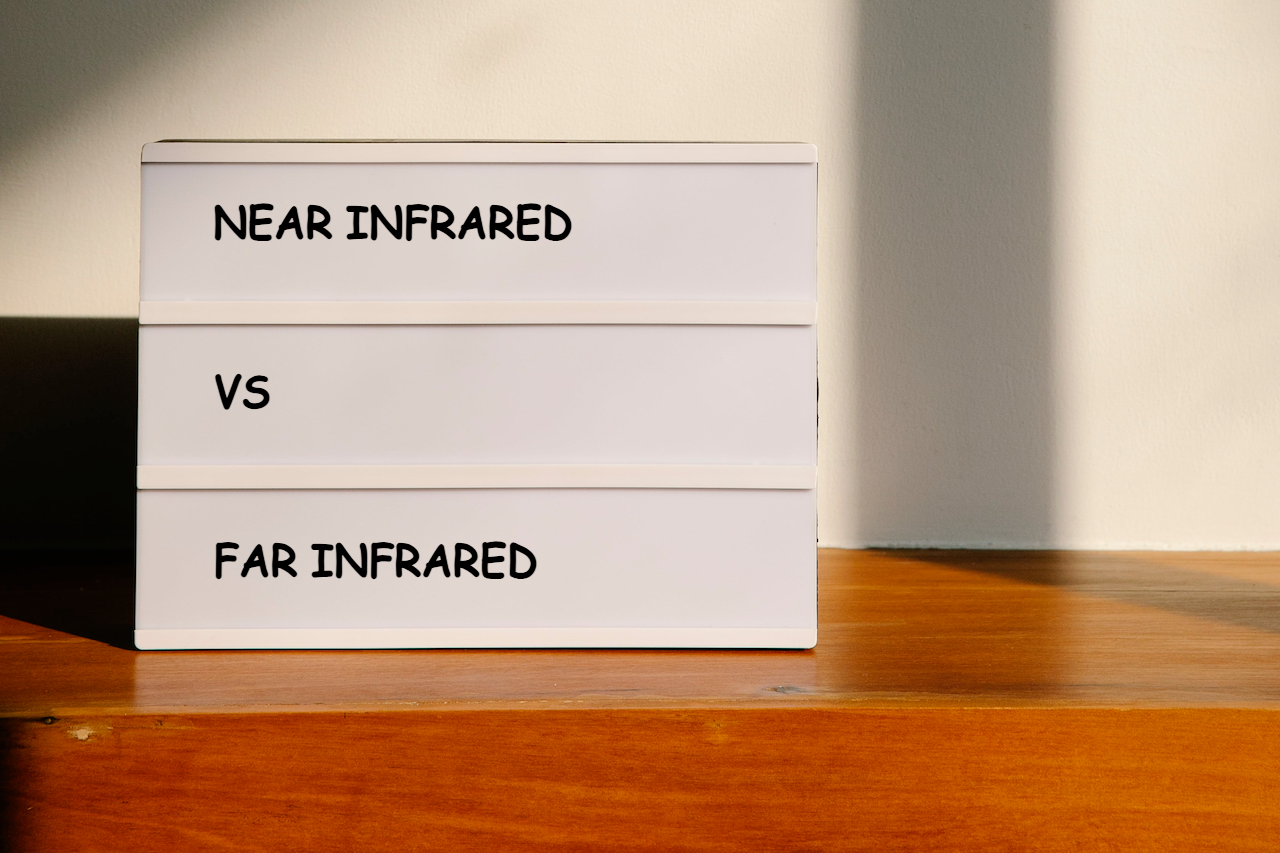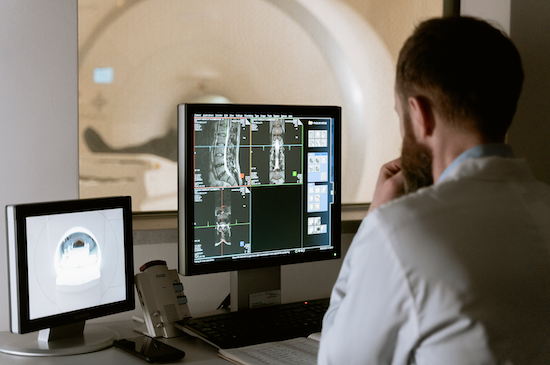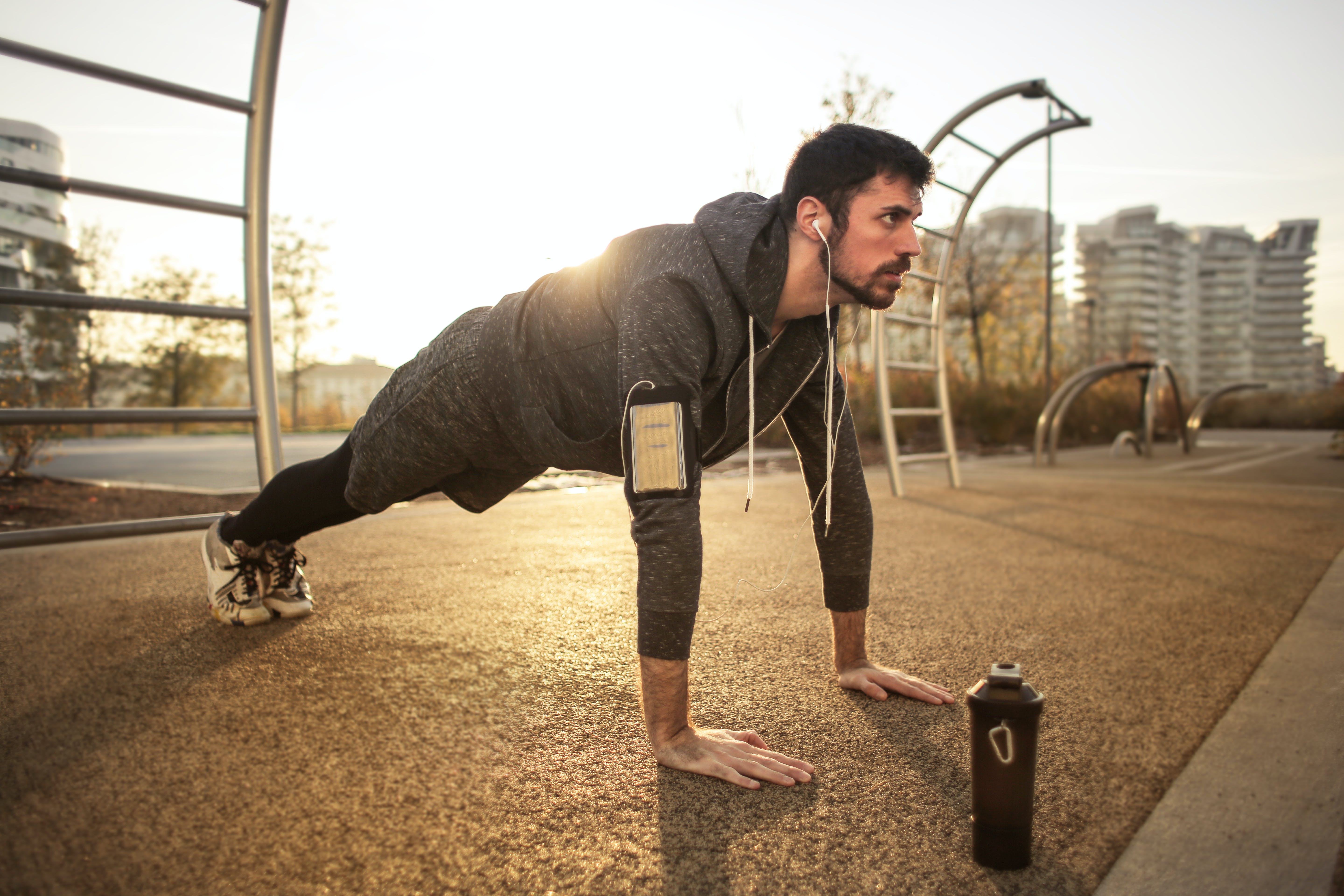- HOME
- Infrared Sauna Benefits
- Wound Healing
Does
Infrared Light Help Wound Healing?
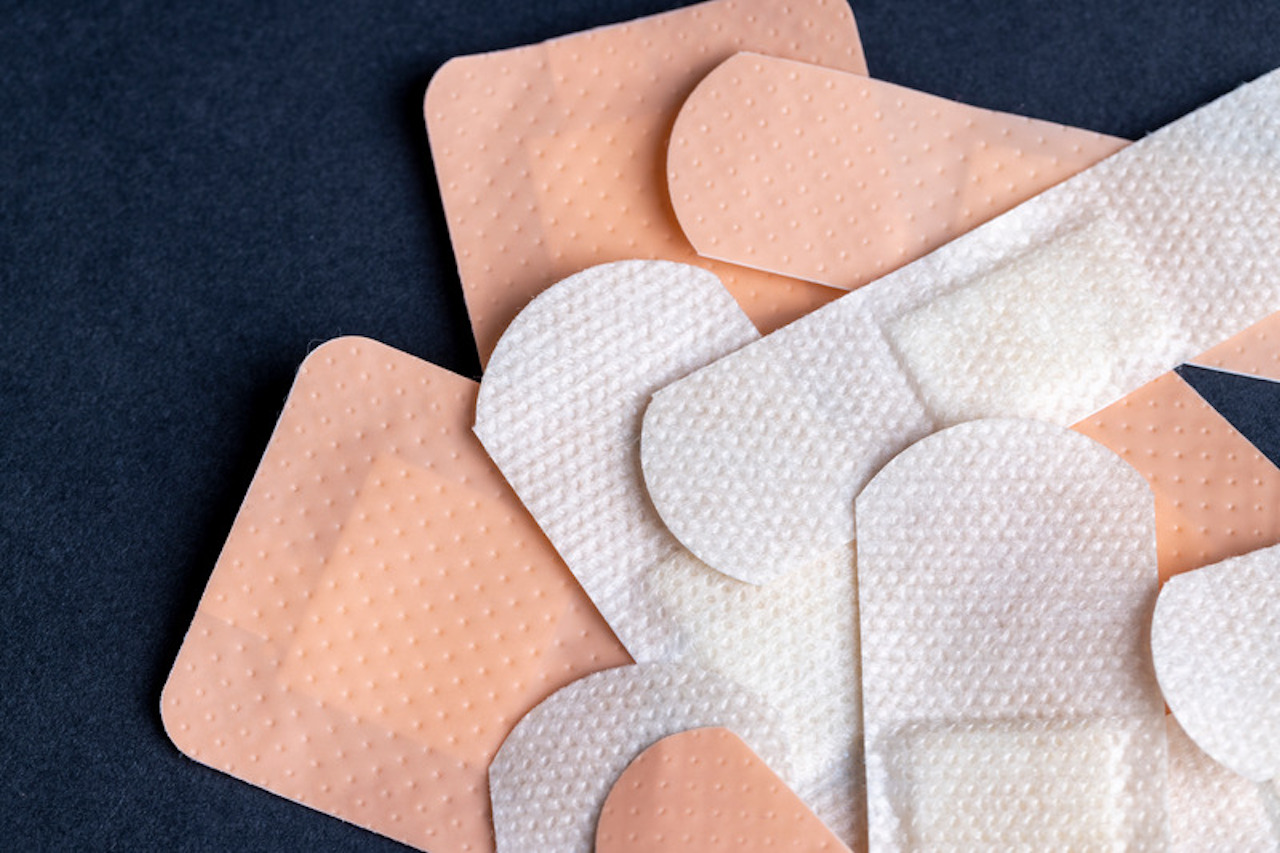
In recent years, infrared therapy for wound healing has made its way from clinical settings to at-home therapy. It is rooted in research, including key findings from NASA [1].
Infrared saunas are known for their deep tissue penetration, stimulating cell repair and reducing inflammation, thereby accelerating healing.
It seems like a story that is too good to be true, but we’ll show why and how you might be able to use this originally clinical application in your own home.
A quick tour of the blog post
- The body's repair mechanism
- Infrared sauna wound care
- Clinical studies showing infared light heals wounds
- Wound healing: Knowing when to apply
- Healing challenges: IR saunas extra support for wound recovery
- Start Today
The Body's Repair Mechanism
Before we get into the details of how infrared therapy supports our bodies in wound healing, it is important to understand the fundamental processes involved when our bodies respond to injuries.
After sustaining a wound, our body reacts instinctively to repair itself. It's like an alarm that goes off, calling into action a highly efficient emergency response team. Its mission: repair the damage. This process unfolds in four stages [2]:
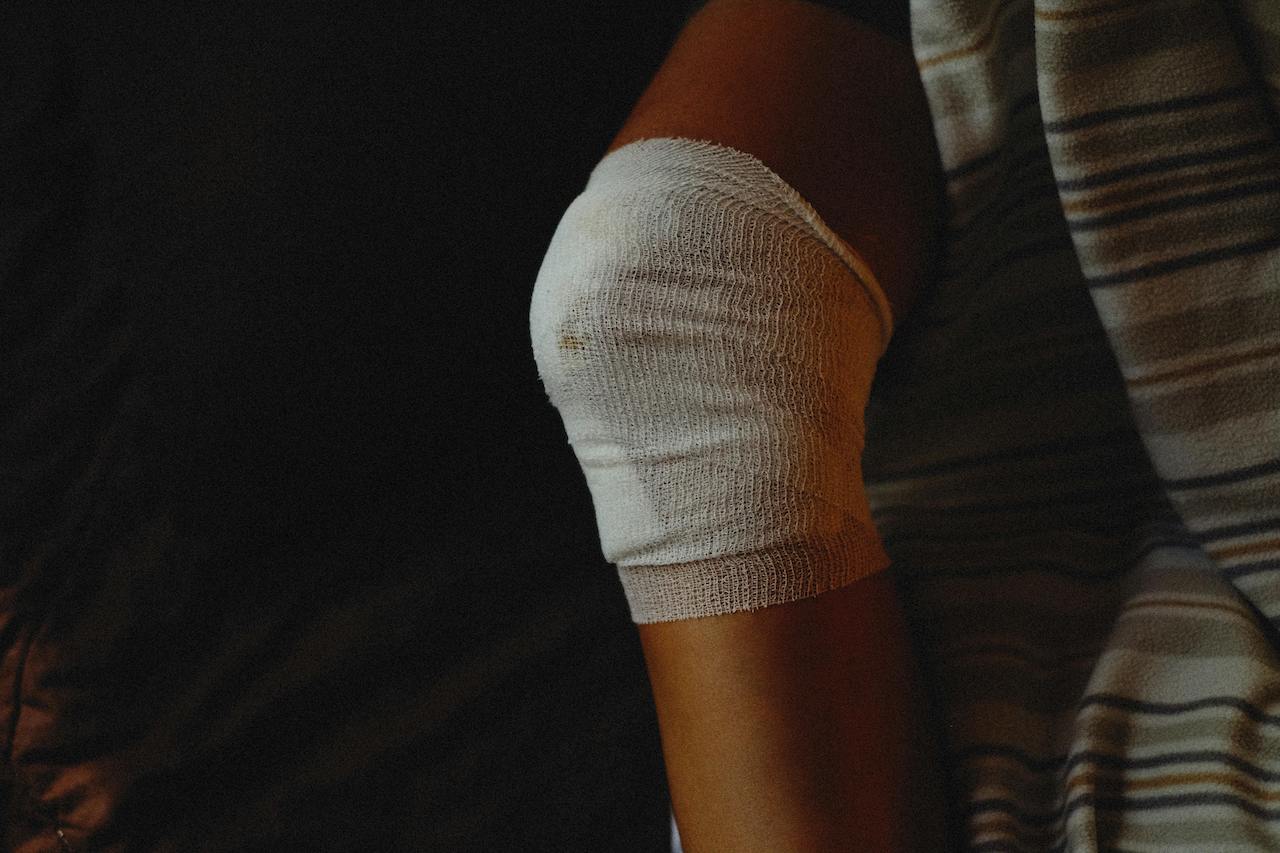
Immediate response (Hemostasis)
The moment an injury occurs, the body's priority is to stop the bleeding, much like how first responders secure an accident scene. Clot formation is the body's way of putting up the "caution" tape, preventing further damage.
Cleanup (Inflammation)
After securing the area, it's time for the cleanup crew to step in. This phase might seem messy—redness, swelling, and pain—but it's all part of the body's way of clearing out debris and warding off any potential threats, like infections, to prepare for the healing process.
Repair (Proliferation)
With the area prepped, the next team brings in the construction crew. This stage is all about rebuilding what was lost. The body meticulously constructs new tissue and blood vessels, much like a team of skilled workers repairing a damaged structure, ensuring everything is patched up and good as new.
Strengthening (Maturation)
The final phase is where the new construction is strengthened and refined. Consider this the quality assurance phase, where the body checks and double-checks the repair work, making final adjustments and reinforcing the area, resulting in the formation of scar tissue.
Now let's see how infrared sauna therapy actually might aid our body in this wound healing process.

Infrared Sauna wound care
Infrared saunas utilize a type of heat that penetrates more deeply into the skin compared to traditional dry or steam saunas. This deep heat supports the body's natural healing processes in several ways:
Increased Blood Flow
By warming the body directly, infrared saunas encourage blood vessels to expand, increasing circulation. This boost in blood flow means more oxygen and nutrients are delivered to areas in need of healing, supporting the body's repair mechanisms.
Reduced Inflammation
The deep heat helps reduce inflammation, a critical aspect of the healing process. Lowering inflammation can alleviate pain and speed up recovery, making the healing journey more comfortable.
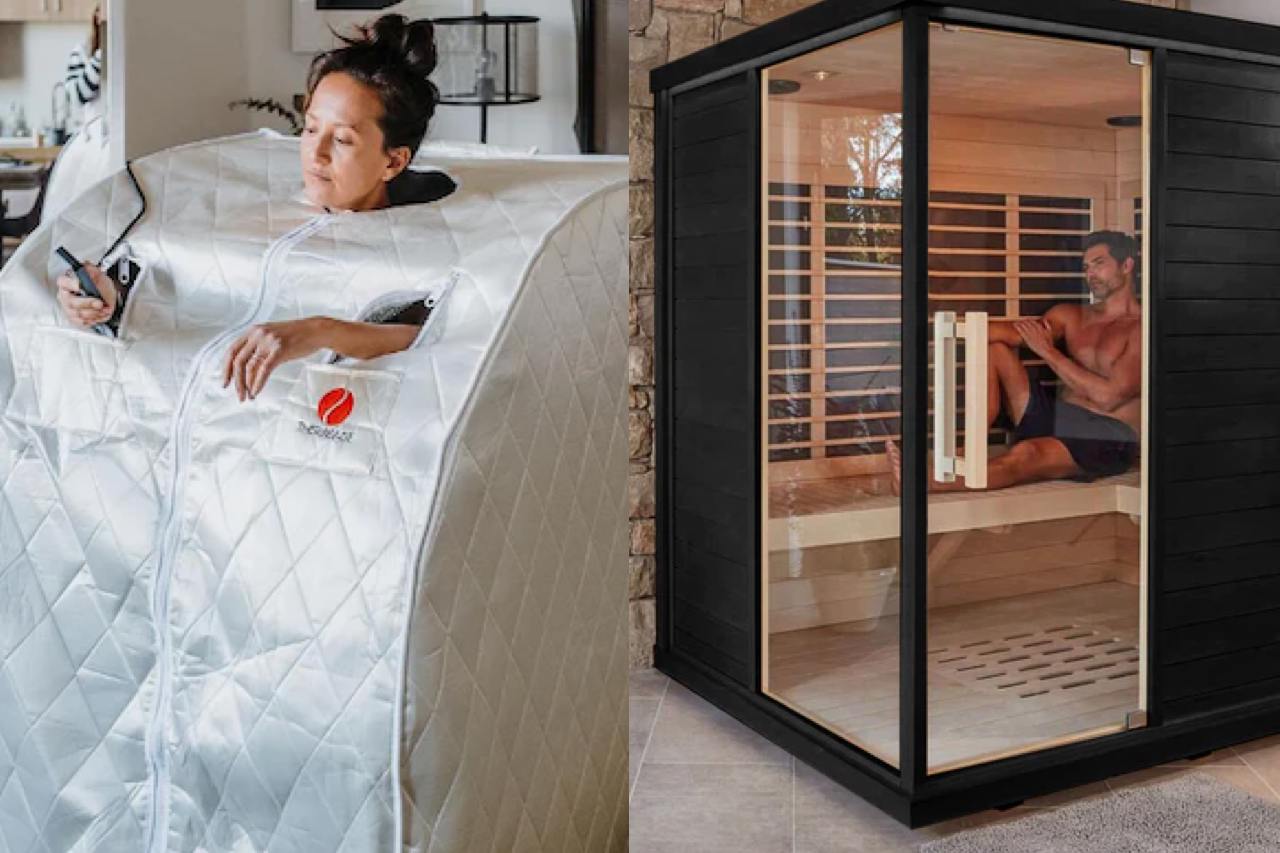
Discover the various options for your infrared sauna at home: from cabins to blankets
Improved Tissue Regeneration
The warmth from the sauna can also stimulate cellular activity, promoting tissue repair and growth. This is particularly beneficial for wounds that are past the initial healing stages and are in the process of rebuilding tissue.
Stress Reduction
Infrared saunas are known for their relaxing effects, which can also contribute to a better healing environment. Lower stress levels can improve overall well-being, which is conducive to healing.
Clinical Studies Showing Infrared Light Heals wounds
In our quest for scientific clarity, we found extensive research, led by NASA, that validates the benefits of photobiomodulation (PBM)— a form of light therapy that uses wavelengths in the near-infrared and red visible spectrum—in healing wounds.
On the other hand, research on far infrared therapy for wound healing, primarily conducted on animals, shows that this field is just beginning to emerge.
Photobiomodulation for Wound Repair
During research focused on astronaut well-being, NASA accidentally discovered several healing effects of visible red and near-infrared light therapy, including wound repair. This discovery led to deeper research, propelling the field of photobiomodulation toward broader medical use.

Best infared PEMF mat review 2024
Cell Signals and Light Therapy in Healing Chronic Wounds
This recent 2021 research [3] illuminates the effectiveness of photobiomodulation (PBM) in aiding the healing of chronic wounds.
Simply put, PBM works by energizing the cell's powerhouses, the mitochondria, leading to a boost in adenosine triphosphate (ATP) production. ATP is like fuel for cells, and this increase in energy sets off a healing chain reaction. It triggers the release of growth factors, essential proteins that latch onto cells, kicking off a series of signaling events.
These signals act as commands, directing the cell's nucleus to start processes that enhance the growth, health, and movement of various cells, including the vital stem cells and fibroblasts that play a key role in mending wounds.
Photobiomodulation: Boosting wound Healing
This research (2016) analyzed the nuances of the physical properties of red and near-infrared light, how they interact with the skin, and their proven efficacy in healing. [4]
This study points out that the near-infrared range of 800-830 nm is the most powerful, closely followed by red light in the 630-680 nm range and the use of super-pulsed light of 904 nm, each of which contributes uniquely to the body's natural healing mechanisms.

The best infrared sauna blankets (2024)
The Power of Photobiomodulation
This review [5] is an analysis of sixty-eight studies into the effects of photobiomodulation for wound healing conducted over twenty years. The researchers compared two forms of this therapy: laser and LED. Both are intended to stimulate the body's natural healing processes, but there is debate about which is more effective.
Research comparing the two has shown that both laser and LED therapies have similar effects on the skin. They both:
- Help reduce inflammation.
- Stimulate the growth of important skin cells such as fibroblasts.
- Promote the formation of new blood vessels (angiogenesis).
- Stimulate the development of healthy tissue (granulation tissue).
- Increase the production of collagen, an important protein for skin strength and elasticity.
Interestingly, the parameters used for both laser and LED therapy are quite similar, with factors such as wavelength and dosage playing an important role in determining their effectiveness.
This comparison shows the effectiveness of photobiomodulation as well as the importance of understanding the specific parameters required for light therapy to truly establish effective wound and skin healing.
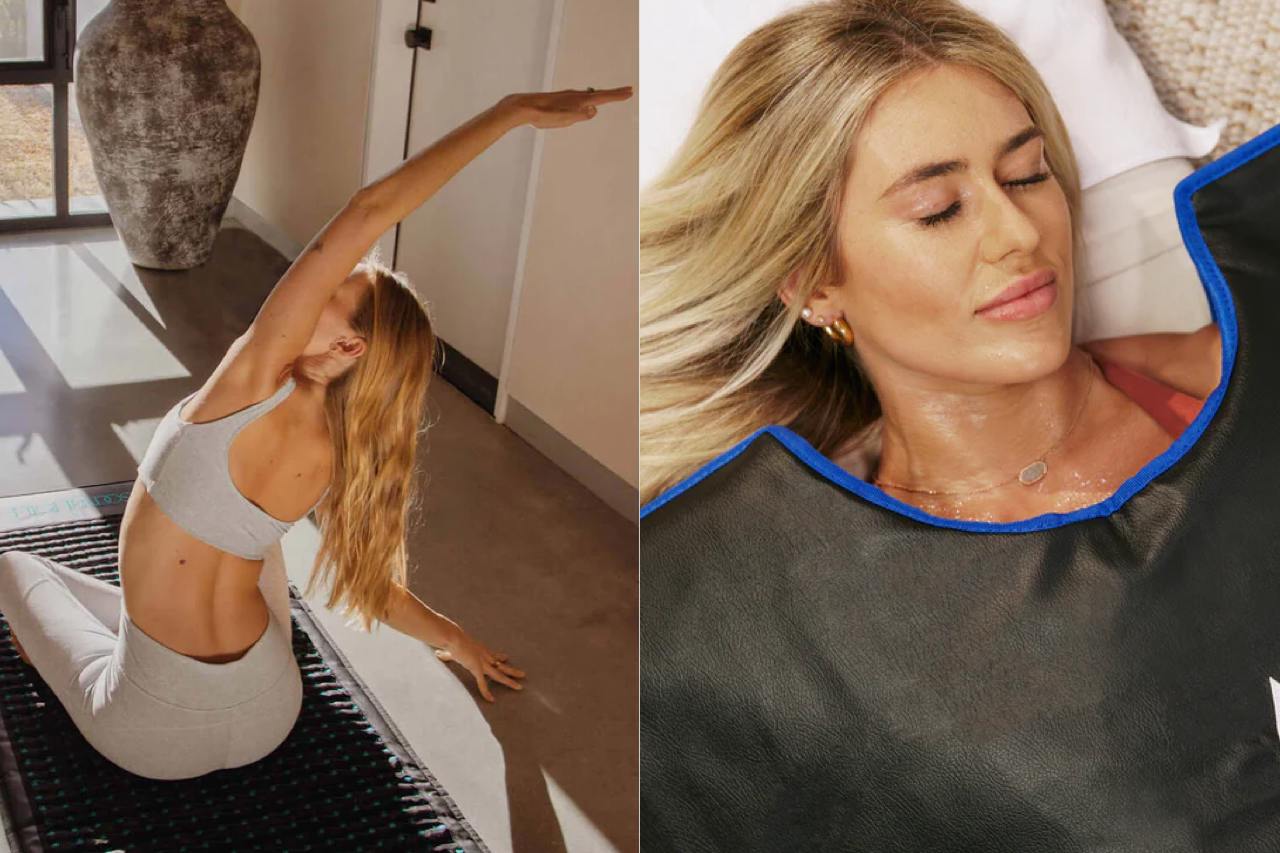
Far infrared therapy for wound healing
In the field of wound care, far infrared therapy (FIR) has become an interesting topic, partly due to its soothing effects and potential to speed healing. We have found a vitro study (2021) that sheds light on the cellular impact of FIR emitters, showing that they can significantly stimulate the proliferation and migration of cells essential for wound repair [6]. Particularly striking is a carbon-infused substance, whose high FIR emissivity especially improves blood flow and cell growth.
In contrast, a 2017 critical review [7] takes a more cautious perspective on FIR therapy. Although animal models have shown promising results, there is a lack of consensus in the clinical arena.
The call for more extensive clinical trials is loud and clear and indicates that while the effects at the cellular level are encouraging, translation into effective clinical treatments in humans remains an open question.
Both studies highlight the potential of FIR, but also call for further in-depth research to definitively establish its efficacy in human medicine.
In conclusion, Photobiomodulation extensive studies in wound healing highlight PBM's success in healing and reducing inflammation, and provide insight into how it works at the cellular level.
While FIR research into this application is still in its infancy, it is promising. This invites more in-depth research to fully map out the healing properties of FIR.
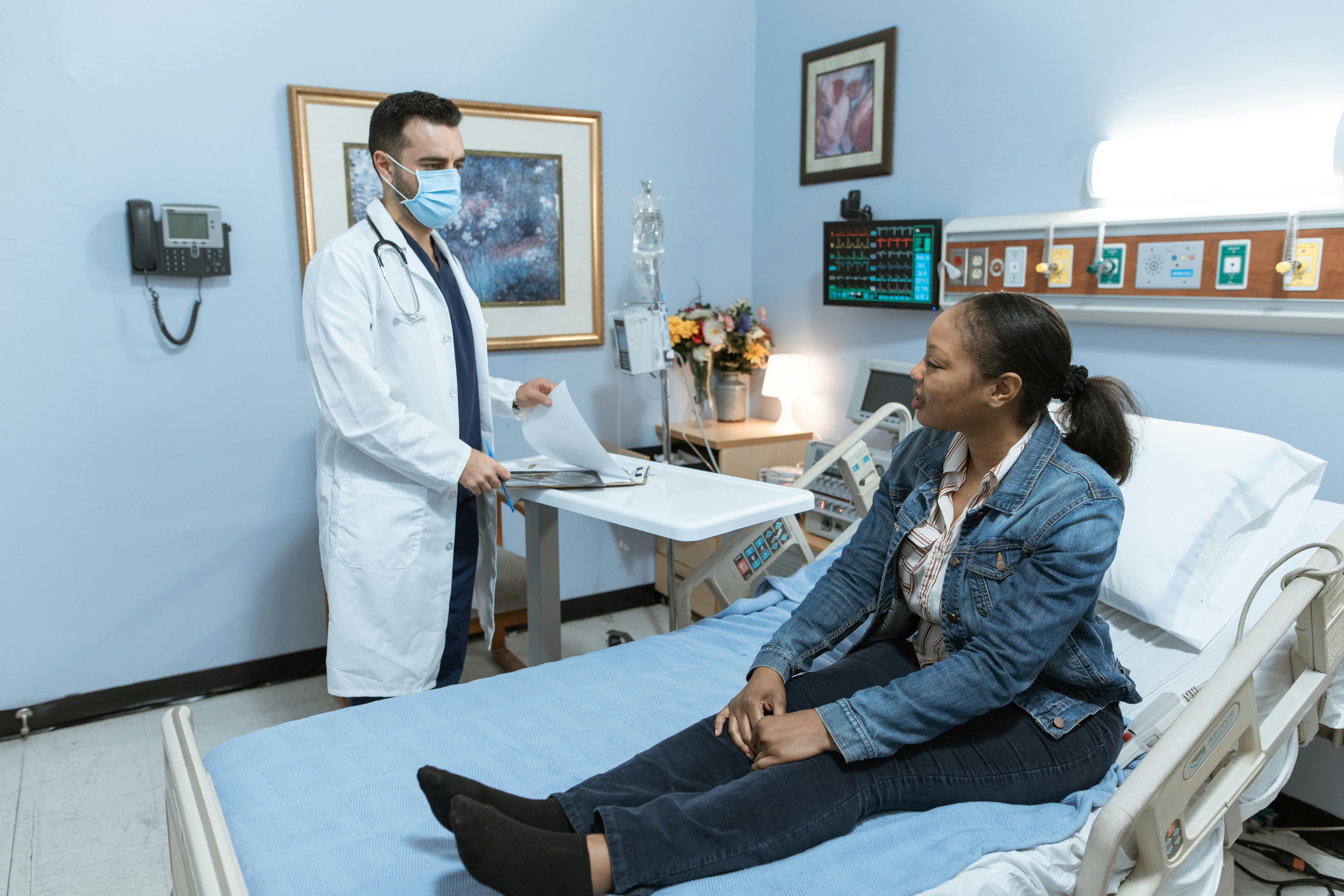
Wound Healing: Knowing When to Apply Heat
If you are considering using an infrared sauna at home for wound healing, it is important to do this carefully. After all, not every wound is suitable for a sauna treatment.
Avoid the sauna when you have fresh or open wounds, due to the risk of infection and bleeding. We recommend waiting until the wound has started the healing process and is completely closed.
In addition, it is important to consult a healthcare provider before using a sauna for wound healing to ensure that it is safe for your specific situation and will not interfere with the healing process.
Post surgery
The sauna is ideal for recovering from a surgical procedure. This procedure often leads not only to wounds on the surface of your body but also deep within your body.
Once the doctor gives the green light and the surgical sites have healed, the IR sauna therapy, whose waves reach deep into your body, can help with the further healing process.
Injuries on the Mend
If you have had a scrape or cut that has now closed and shows no signs of infection, the gentle warmth of this therapy can be comforting.
Muscle Strains and Sprains
For those aches and pains that result from overdoing it at the gym or taking that turn you didn't see coming, the deep heat can help relax such sore spots and support the healing of your muscles.

Healing Challenges: IR Saunas Extra Support for Wound Recovery
If you face challenges with wound healing due to conditions like diabetes, sauna therapy, when approved by a healthcare provider, can offer additional benefits. However, caution and medical supervision are paramount, especially when you have underlying health conditions , to ensure safety and effectiveness in the healing process.
Here's how sauna therapy can be extra beneficial (when given the green light by a doctor):
Diabetes
People with diabetes often experience delayed wound healing due to poor circulation and nerve damage, especially in the lower extremities.
In addition, high blood sugar levels can hinder the immune system's response to infections and hinder the body's ability to repair damaged tissues, leading to slower wound closure and an increased risk of complications such as infections and ulcers.
Research [8] indicates that infrared therapy has a positive effect on wound healing in people with type 2 diabetes and that they experience a better quality of life and less stress through regular sauna use.
Peripheral Artery Disease (PAD)
PAD is a condition characterized by narrowed arteries in the legs, resulting in reduced blood flow to the extremities. Poor circulation can restrict the supply of oxygen and nutrients to wounds, slowing the healing process and increasing the risk of complications.
Research [9] suggests that photobiomodulation supports the wound healing process in people suffering from PAD.
Peripheral Neuropathy
Nerve damage can lead to peripheral neuropathy, which affects sensation in the extremities. Individuals with peripheral neuropathy may not feel injuries or wounds, leading to delays in seeking treatment and allowing wounds to worsen before they are noticed.
Infrared therapy is seen as a promising solution for this condition. [10]
Immune Disorders
Conditions that weaken the immune system, such as HIV/AIDS or autoimmune diseases, can compromise the body's ability to fight infections and repair damaged tissues, resulting in delayed wound healing and increased susceptibility to complications.
Infrared sauna therapy, although not a cure, might support the body in the fight against inflammation.
Older Adults
Aging can affect the body's ability to heal wounds efficiently due to changes in skin structure, decreased collagen production and reduced immune function. Older adults may also have underlying health conditions that further hinder the healing process.
Regular sauna sessions are a possible additional support for the natural healing process.
For comprehensive insights into the long term effects of sauna use and important safety considerations, you can click on the blue link. This will take you to our blog posts on these topics.

Start today
When you have an infrared sauna at home, your journey to healing can begin right away.
However, if you're considering adding an infrared sauna device to your home wellness routine, now is the perfect time to explore the possibilities.
We at Saunace.com are ready to guide you in your search, offering expert and unbiased reviews to help you find the perfect sauna for your needs.
Check out our blog to find the infrared sauna that suits you - Whether it concerns an affordable, easy-to-store sauna blanket, the therapeutic effect of the PEMF mat or a spacious cabin with room for shared sessions or a workout - There is a suitable sauna for every lifestyle.

Diane Sargent
Looking for more information? These articles might be of interest
References
1. NASA Spinoff, NASA Research Illuminates Medical Uses of Light, Health and Medicine, https://spinoff.nasa.gov/NASA-Research-Illuminates-Medical-Uses-of-Light
2. Shannon Solley, The Four Stages of Wound Healing, Wound Source, https://www.woundsource.com/blog/four-stages-wound-healing
3. Thobekile S Leyane et al., Cellular Signalling and Photobiomodulation in Chronic Wound Repair, PubMed, https://pubmed.ncbi.nlm.nih.gov/34681882/
4. Anju Yadav and Asheesh Gupta, Noninvasive red and near-infrared wavelength-induced photobiomodulation: promoting impaired cutaneous wound healing, PubMed, https://pubmed.ncbi.nlm.nih.gov/27943458/
5. Maria Emília de Abreu Chaves, et al., Effects of low-power light therapy on wound healing: LASER x LED, PubMed, https://www.ncbi.nlm.nih.gov/pmc/articles/PMC4148276/
6. Yifei Mu et al., The Possibility of Using Far Infrared Fabrics to Promote Wound Healing from the Cellular Level, ResearchGate, https://www.researchgate.net/publication/352272094_The_Possibility_of_Using_Far_Infrared_Fabrics_to_Promote_Wound_Healing_from_the_Cellular_Level
7. Yu-Hsin Lin and Tzong-Shiun Li, The Application of Far-Infrared in the Treatment of Wound Healing: A Short Evidence-Based Analysis, PubMed, https://pubmed.ncbi.nlm.nih.gov/26703225/
8. Olajumoke Oyebode etal., Photobiomodulation in diabetic wound healing: A review of red and near-infrared wavelength applications, PubMed, https://pubmed.ncbi.nlm.nih.gov/33870502/
9. Nicole L Lohr, et al., Far Red/Near Infrared Light Treatment Promotes Femoral Artery Collateralization in the Ischemic Hindlimb, PubMed, https://www.ncbi.nlm.nih.gov/pmc/articles/PMC3747970/
10. Stavros C., Benefits of Infrared Therapy in Neuropathy Management, Advanced Musculoskeletal Medicine Consultants, https://advancedmmc.com/benefits-infrared-therapy-neuropathy-management/
